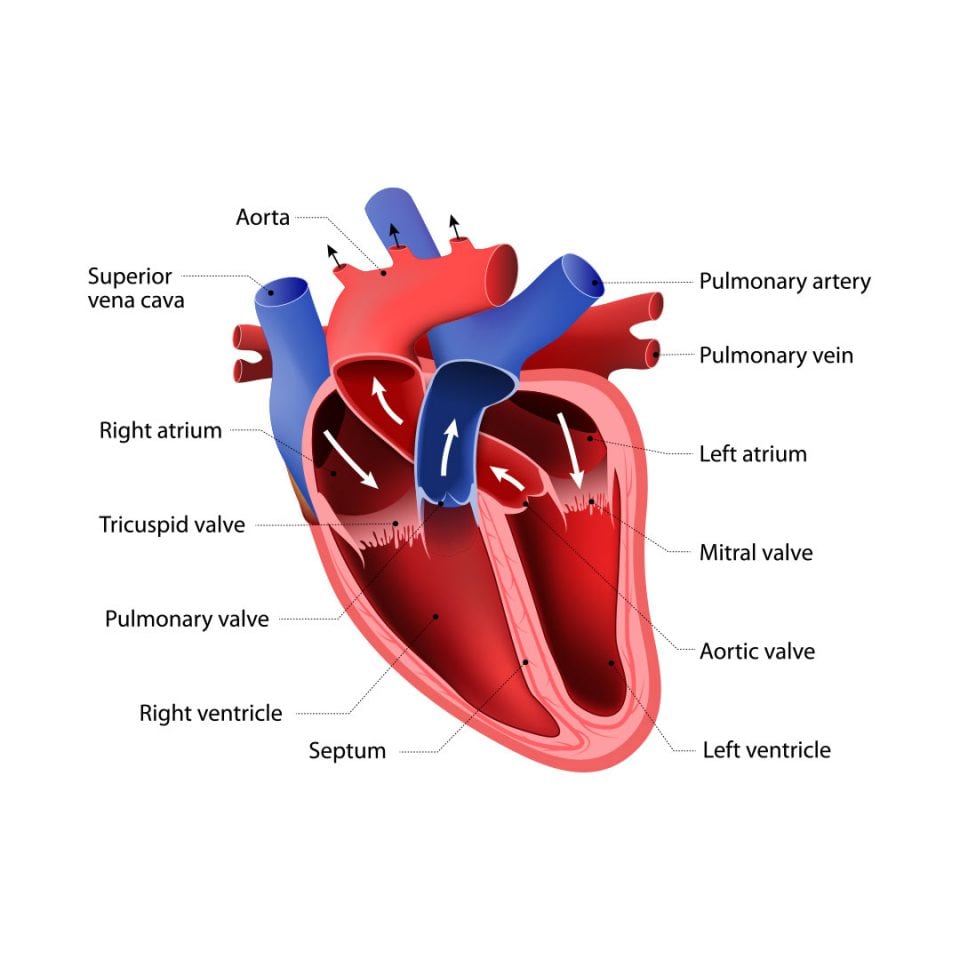Endovenous Laser Treatment (EVLT) Information
Information for before you check-in for your EVLT and after-procedure care.
Vascular care is dedicated to the assessment, treatment, and management of vascular disease such as Abdominal Aortic Aneurysms, Peripheral Arterial Disease, Peripheral Venous Disease, Varicose Veins, Carotid artery stenosis. Our coordinated care addresses peripheral arterial and venous disease, as well as thoracic conditions with minimally invasive treatments to speed recovery.

Whether a patient needs surgery to remove a cancerous lung nodule or drain extra fluid from the heart sac, the Heart & Vascular Center provides coordinated treatment from a team of experts in cardiology, electrophysiology, and thoracic surgery. Our goal is to help patients feel full confidence in their treatment plans and get back to their full lives as soon as possible.
Endobronchial ultrasound (EBUS) allows our physicians to see a detailed view of bronchial airways, providing a high level of diagnostic information without exposing patients to ionizing radiation. The EBUS ultrasound images help physicians to:
Video-assisted thoracoscopic surgery (VATS) allows our physicians to perform procedures with the aid of a thin, flexible, fiber-optic tube that provides a video view of lung tissues. Because there is no need to open the chest cavity, patients experience less pain and quicker recovery
Minimally invasive resection of lung nodules or cancers means patients suffer less procedural pain and recover faster. Our thoracic surgeon uses a precise laser pointer to locate and mark nodules for further inspection. The physician can then excise a small sample of suspicious tissue and make an initial determination within hours, so treatment can begin quickly. Rapid response is especially important in the case of lung cancer because the best treatments rely on early detection.
Mediastinoscopy allows our physicians to sample tissue and fluid from beneath the breastbone without spreading the ribs. A lighted scope is inserted in the space between the lungs through a small incision. When linked to a monitor, the scope helps physicians see the heart, esophagus, windpipe, thymus, lymph nodes and underlying nerve clusters.
Pericardial windows can be opened using video-assisted thoracoscopy to drain fluid from the sac around the heart (the pericardium). Because the procedure is minimally invasive and highly precise, the risk of infection is reduced and recovery time shortened.
Endoscopic thoracic sympathectomies treat hyperhidrosis (excessive sweating), facial blushing, Raynaud’s disease and reflex sympathetic dystrophy (pain, swelling, or dysfunction of an extremity). A scope is inserted to thermally seal select networks of sympathetic nerve tissue in the thoracic region. Because the procedure requires only a small incision, recovery time is condensed.

Percutaneous repairs of abdominal aortic aneurysms can be performed on-site, in one of our two, high-tech catheter labs. Catheters are inserted through micro-punctures in the upper thigh, so stents can be inserted to reinforce the walls of the abdominal aorta. The procedure helps save lives by preventing aneurysms from bursting and causing a heart attack or stroke.
Carotid endarterectomy is a surgical procedure that helps clear the carotid arteries to reduce the risk of stroke or heart attack. Surgery may be required on both or only one of these circulatory highways, depending on the location of the blockages. One of our cardiac surgeons makes a small incision to access the carotid artery and remove the lining where plaque (a fatty deposit) is forming. If needed, the surgeon will employ carotid stenting to place a flexible tube in any narrow or damaged section of the artery to help prevent future blockages from forming.
Inferior vena cava filter implantation and removal can help prevent clots in the venous system from traveling to the heart or lungs. A thin mesh cage “catches” and filters out clots to reduce the risk of stroke or heart attack. Some patients require only temporary protection, which means surgeons can remove the filter when the threat has passed. Those who suffer recurrent bouts of deep vein thrombosis (clots in the legs) or pulmonary embolism (clots in the lungs), may require permanent vena cava filter implantation.